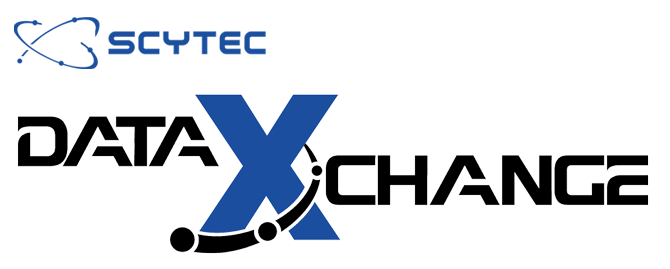There are many approaches to tracking overrides; CNC machine uptime, downtime, and utilization. For example, if a CNC machine is running with the feed rate override at 70% should the machine be tracked as being in cycle? How about if the rapid override has been turned down? Then there’s the scenarios where both the feed rate and rapid overrides have been turned down.
Scytec’s DataXchange OEE monitoring software tracks rapid and feed rate overrides as well as many other items such as op and program stops on machines with MTConnect or Fanuc FOCAS. A key to success here is not only monitoring, but also having control over the definitions of the statuses on each machines. Feed rates of 90% may be acceptable and categorized as a normal cycle on certain machines, while running at 90% on other machines would be categorized as running in a Low Override state along with triggering an email or text notification.
Similar scenarios exist when the feed rate override, or the rapid override has been turned to zero. In this case it’s typical to categorize the CNC machine as being in a CNC downtime, even though the green light may be on. However, what if the machine is running and the override is at 10%? Should this be tracked as being in a low override cycle, or as a downtime? While there are best practices that we would recommend, the decision is yours and is controlled by the configuration of the data collection rules. Again, the flexibility that DataXchange allows to monitor the CNC downtime and CNC uptime is critical when implementing a machine monitoring downtime tracker system.

